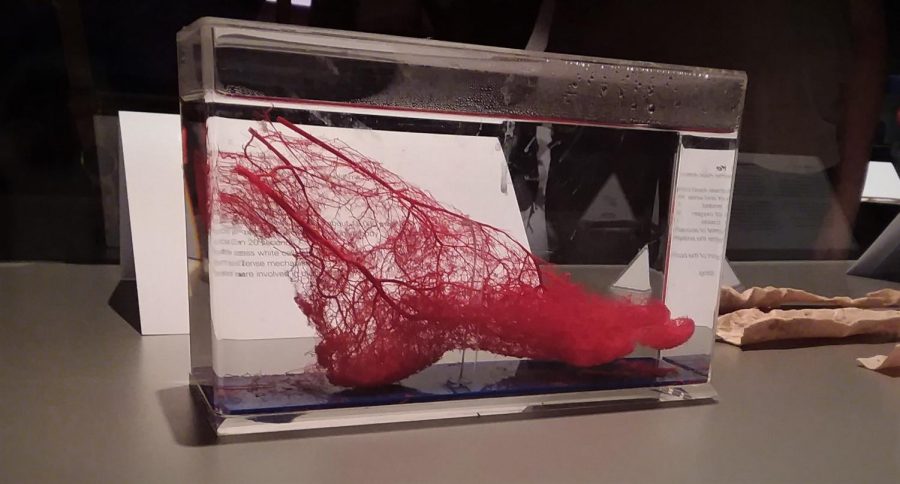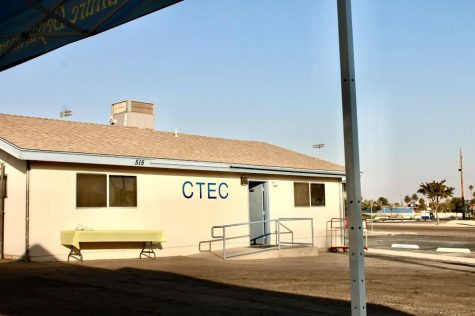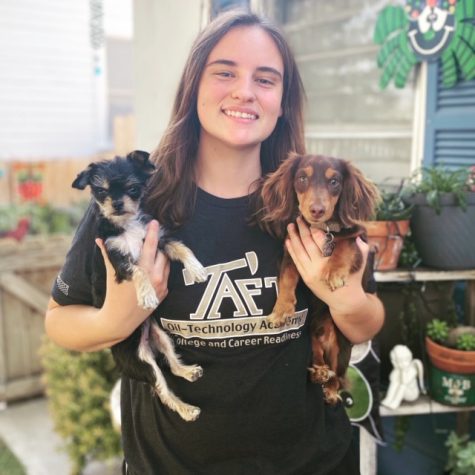A Healthcare Adventure
Plastination of the nervous system
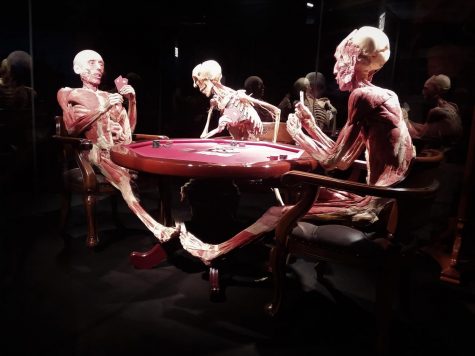
On Nov. 30, Healthcare Pathway students ventured to the L.A. California Science Center to view a temporary exhibit called “Body Worlds: Pulse”. This exhibit is anything but ordinary. Body Worlds uses real live human bodies to portray the extraordinaire that is the human body. Students in the healthcare class got a real inside look at all the different systems of the body in healthy and unhealthy states. The locomotive, nervous, respiratory, circulatory, and reproductive systems are all revealed as students walked through the exhibit. The goal of this combination of aesthetic anatomy and wellness is to demonstrate the vulnerabilities as well as the potential of the human body.
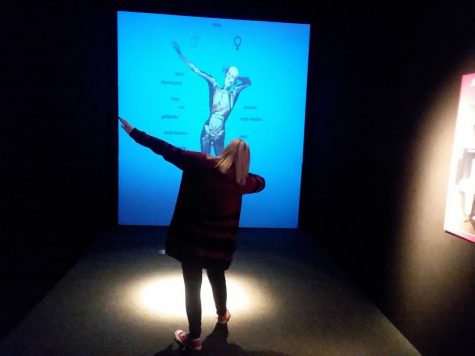
Kathryn Waddell “dabbing” with her skeleton.
Now I know what you’re probably thinking: real human bodies, how is that even possible? Well a scientist named Gunther Von Hagens is the man who made it possible by inventing a process called plastination. Plastination occurs when water and fat are replaced by specific plastics, which keeps the specimen from smelling or decaying, and it even retains most of the properties of the original state the sample was in. This complicated plastination process also allows the body to be posed in a position that best represents that system in the most educational way possible. For instance, one of the plastinates is posed in a tackling position to demonstrate the muscle systems while in action.
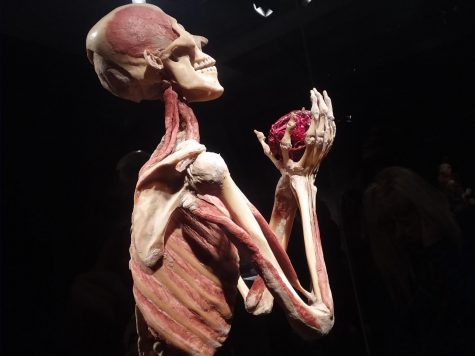
Photo of a plastinated human
When first learning that the human specimens were real, questions arose. Questions like: Where did the specimens come from, and do we get to learn their identity or how they died? The Body Worlds exhibit receives the bodies from generous donors who wanted their bodies to be used for the educational benefit of others. As for their identity and their death, it is kept confidential because Body Worlds focuses more on the anatomy of the donors bodies, and not on their personal information. The overall ambiance was “… very educational and exciting, the people there were very helpful and knew a lot about everything in there,” commented Healthcare student Cloey Waddell. This unique exhibition can only be experienced by others at the California Science Center until February 4th, 2018, so if you are interested in visiting this fascinating exhibit, visit the Body Worlds website for additional information.
